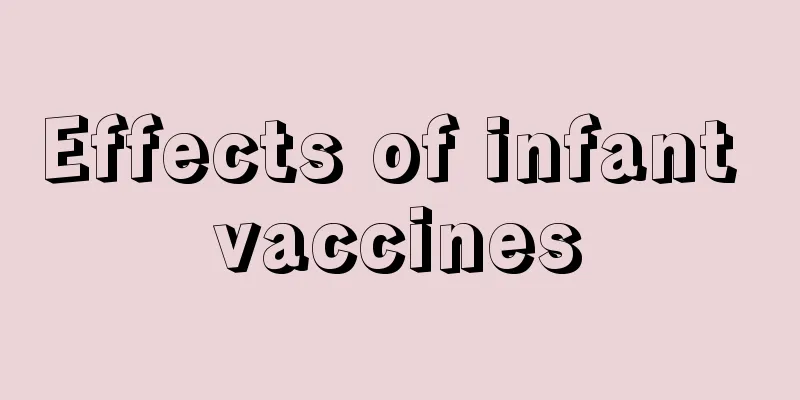How to diagnose synovitis in children and what to pay attention to

|
When children are sick, adults also suffer. High fever is a common childhood disease. Some children will feel discomfort in their legs when they have a fever, and their legs are still weak even after the fever goes down. This situation is not a simple fever, but mostly synovitis. Synovitis is generally caused by trauma, and is more common in young or elderly people. So what is synovitis in children? How does the doctor make a diagnosis? If it is really pediatric synovitis, can it be cured? What should I pay attention to? Synovitis can be divided into acute traumatic synovitis and chronic traumatic synovitis. Acute traumatic synovitis often occurs in young people who love sports, while chronic injury synovitis often occurs in middle-aged and elderly people, obese people or those who over-load the knee joints. The diagnosis of knee synovitis should be considered from the following aspects: knee synovitis must be differentiated from traumatic hematoma of the knee and tuberculous synovitis of the knee. Joint puncture of knee synovitis shows light pink fluid with no fat droplets on the surface. X-ray examination showed no abnormalities in bones, excluding fractures and other knee joint diseases. The main clinical symptoms and signs of traumatic synovitis of the knee are pain, swelling and tenderness around the knee joint, and a frictional and astringent sound of the synovium. Local temperature increases. When the joint effusion reaches 50 ml, the floating patella test is positive and knee flexion is limited. Children suffer from synovitis mostly because their femoral head is not yet fully developed and their joint capsule is relatively loose. During excessive abduction and external rotation movements such as strenuous jumping, the joint capsule is pulled or squeezed, and then infected by a virus, resulting in synovial edema and aseptic inflammation of the hip joint. The cause of the disease may be related to viral infection, trauma, bacterial infection and allergic reaction (allergic reaction), and the onset may be acute or slow. Pediatric synovitis is generally caused by the child suffering from acute upper respiratory tract infection, or cold symptoms, the virus or infectious substances enter the bloodstream, through the bloodstream stimulate the hip joint synovium, causing synovial congestion, exudation and other acute inflammation, resulting in pediatric hip synovitis. Walking is bumpy, there is pain in the lower limbs, varying degrees of pain in the knees and hips, and painful claudication occurs. Young children only show symptoms of irritability and crying at night. There is no local redness or swelling, and no fever. Dietary precautions for children with synovitis: Eat less milk, goat's milk and other dairy products, as well as peanuts, chocolate, millet, cheese, toffee and other foods containing tyrosine, phenylalanine and tryptophan. These foods can produce arthritis mediators such as prostaglandins, leukotrienes, tyrosine kinases, etc., which can easily cause allergies and cause arthritis to worsen, relapse or worsen. Eat less fatty meat, high-animal fat and high-cholesterol foods. Massage is also a common treatment method in clinical practice. It can relieve pain, relieve muscle tension, and promote blood circulation. Massage is suitable for patients in the early stages, but it is not very effective for more serious patients. In addition, elderly patients have weak physical fitness, so it is best not to choose this method. |
<<: What to do if your child coughs and has thick phlegm
>>: Is learning abacus good for children?
Recommend
What to do if the baby has red spots on his face
Taking care of a baby is something that requires ...
What is the reason why babies walk with their feet turned inward?
Some conditions of children cannot be seen at fir...
Yellow eye mucus in the corners of children's eyes
In life, many mothers will find that their babies...
What to do if your child has blisters on his lips
Everyone knows that blisters on the lips are caus...
What to do if your child is too stubborn
We all know that over-pampering children will lea...
What is neonatal respiratory distress syndrome?
Many newborn babies will have signs of respirator...
What should we do if children have hyperopia or amblyopia?
Hyperopia and amblyopia are common diseases in ch...
Treatment of bronchiectasis in children
Bronchiectasis in children makes many mothers ver...
How to determine whether a newborn has heart disease
The biggest expectation of a newlywed couple afte...
Breast milk volume for two months old baby
As babies grow to different months, their bodies ...
What should I do if my baby’s nose is blocked at night?
I believe that in life many parents have encounte...
What diseases are related to the baby's constant nasal congestion?
Many parents have reported that their children al...
What to do if your five-month-old baby has indigestion
After birth, the baby is not yet well adapted to ...
There are white bumps on the gums of a six-month-old baby
Many people have this perception, thinking that a...
What should I do if my child urinates frequently and urgently?
Frequent urination and urgency are common disease...









